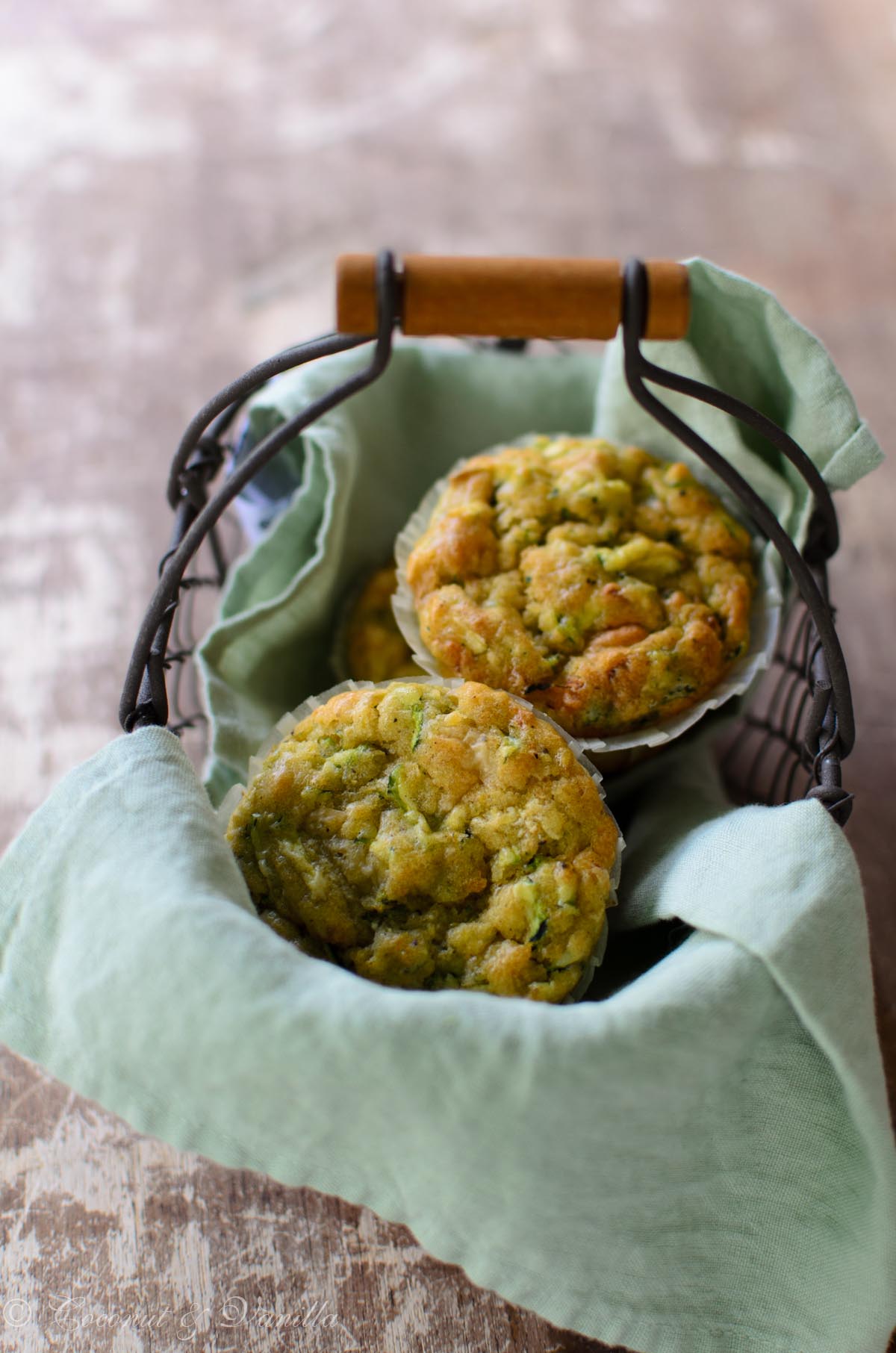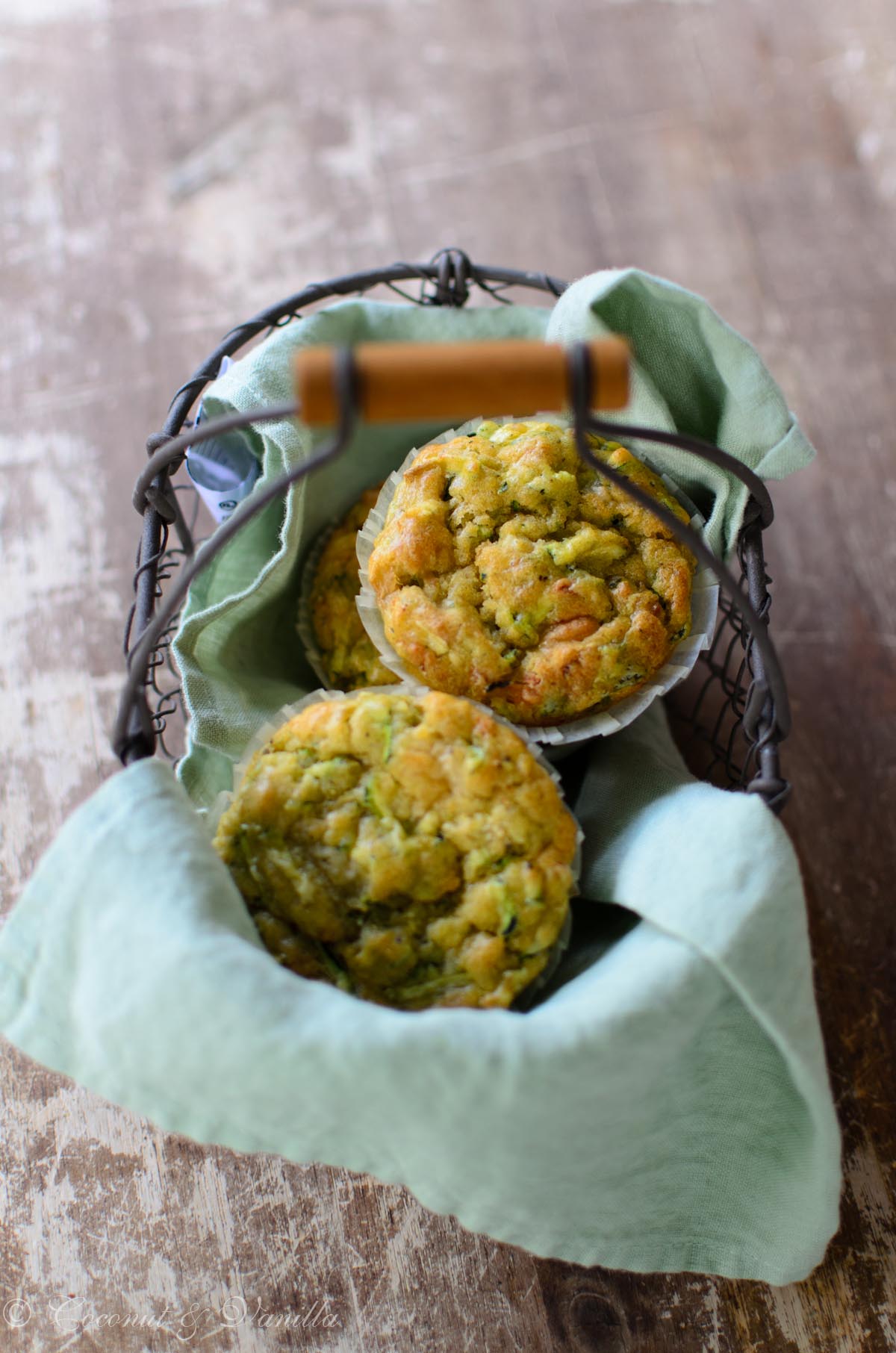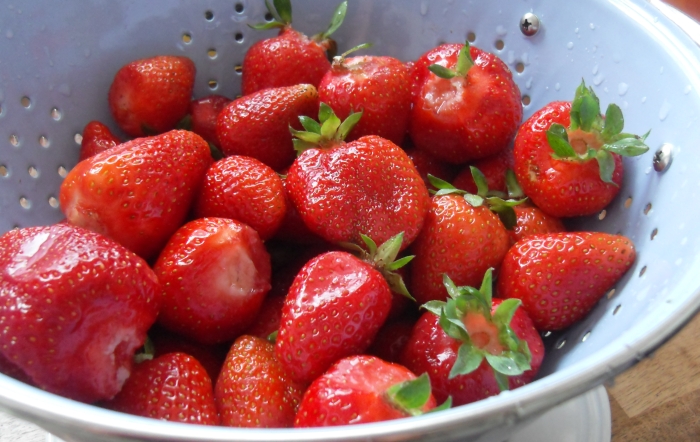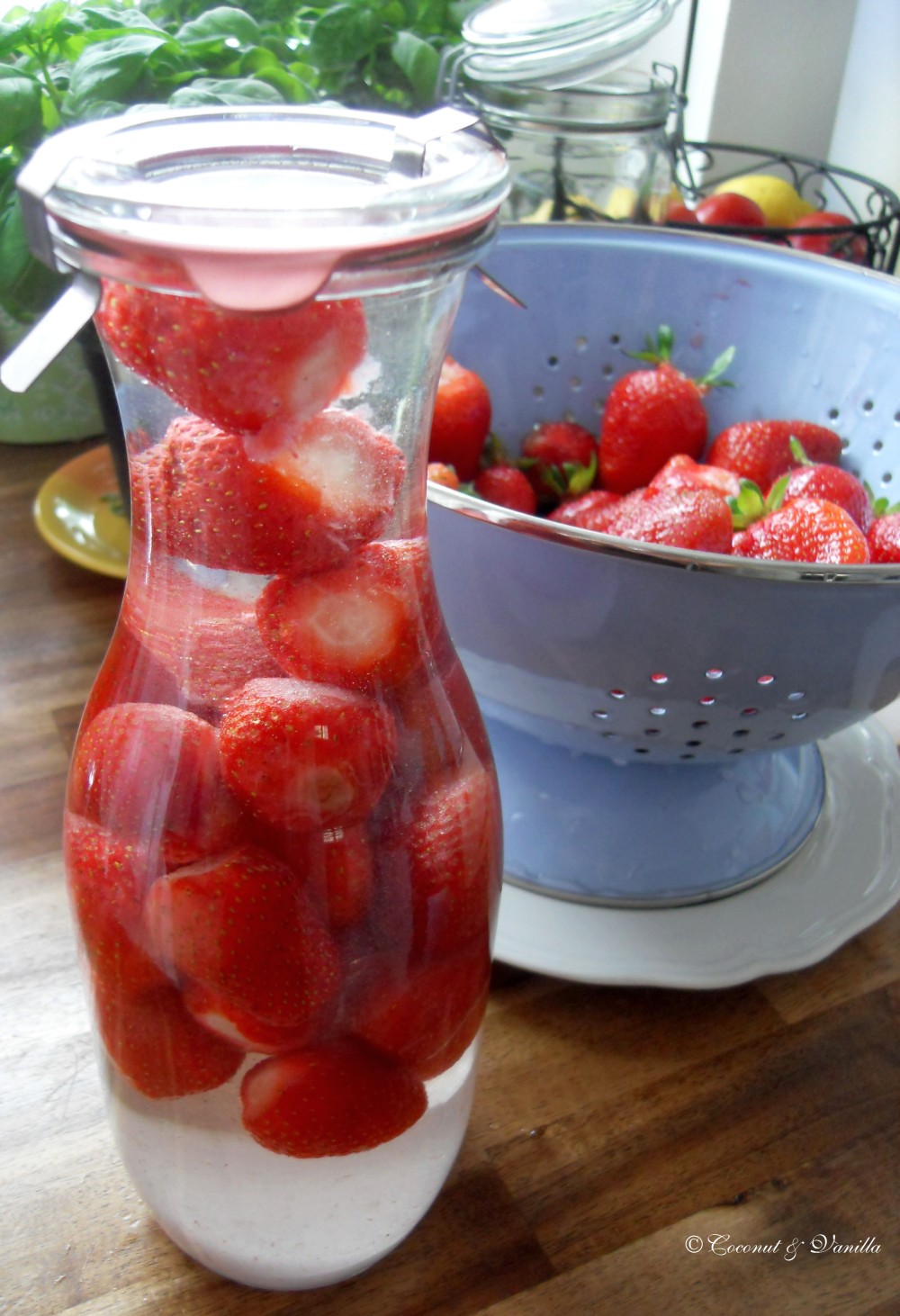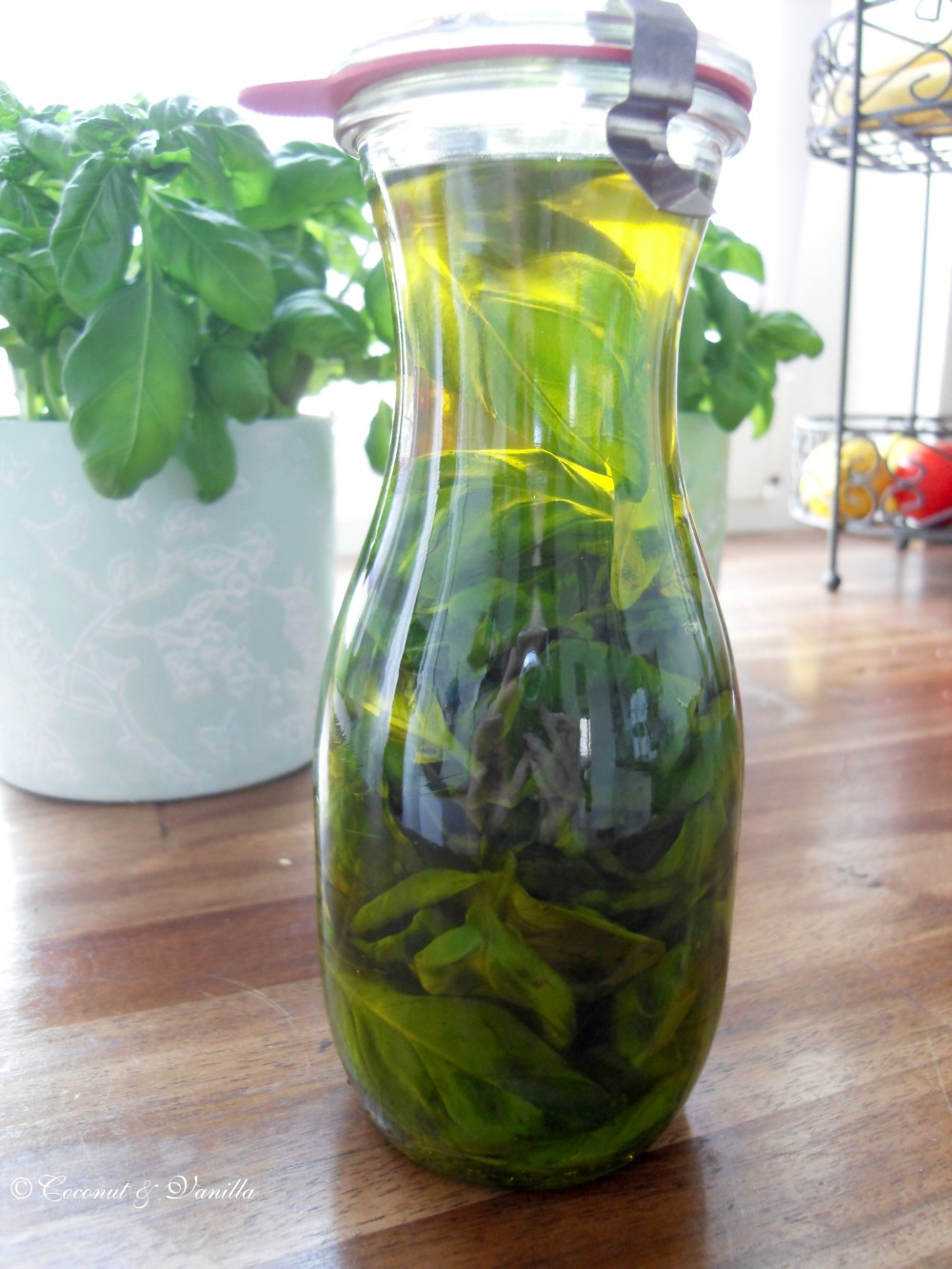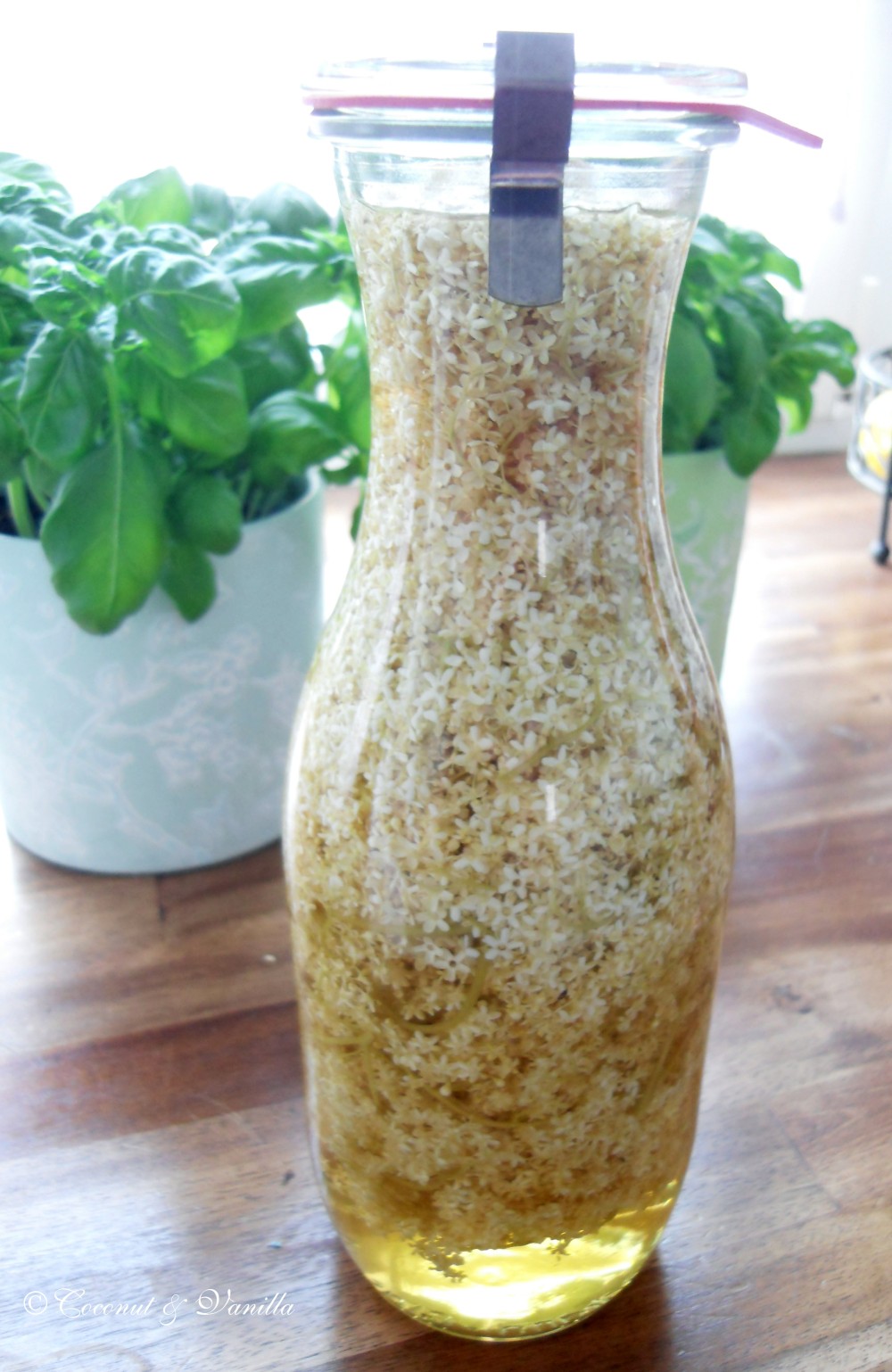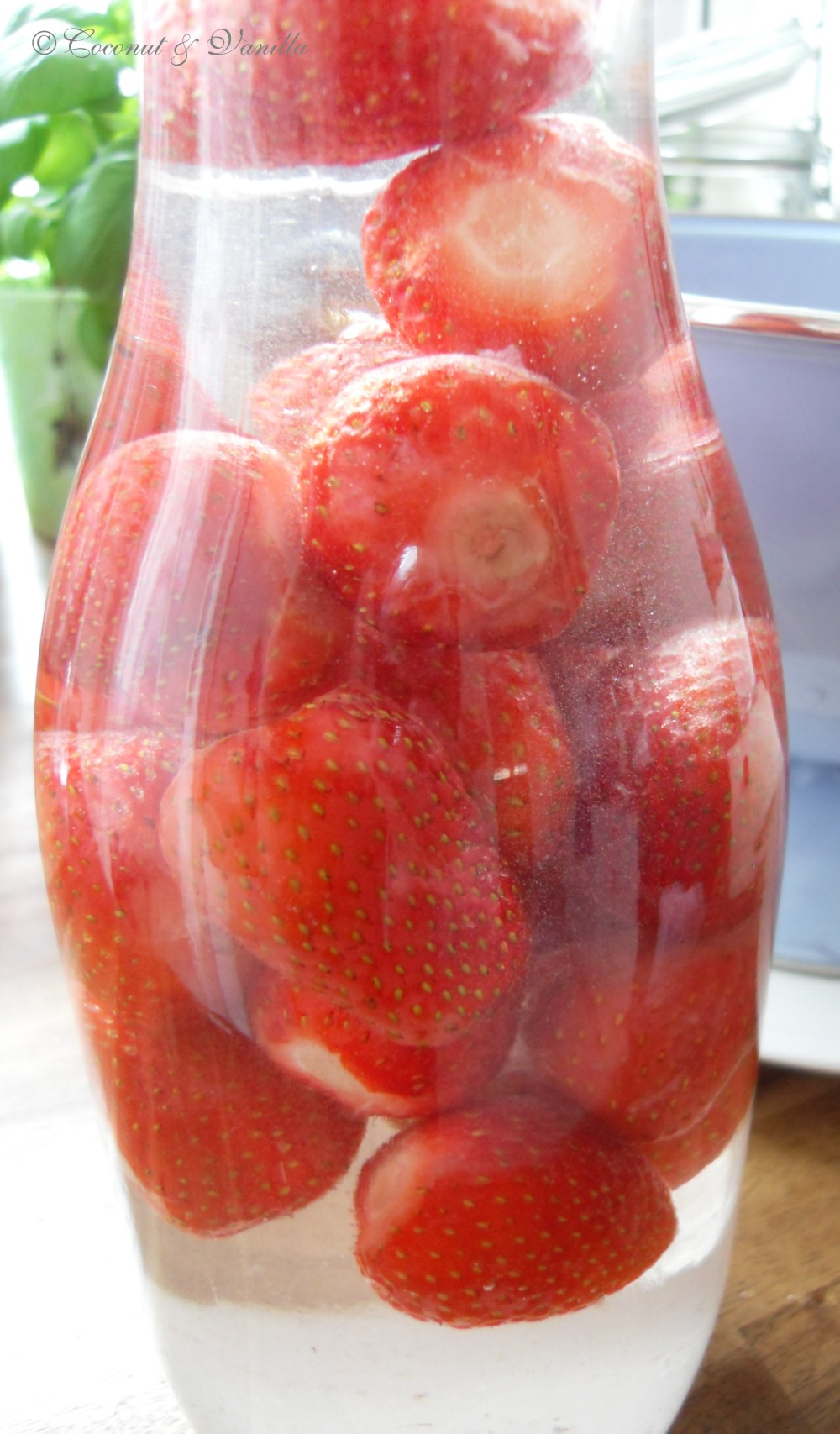[:de]
Fette und Öle klingt ja nicht so attraktiv. Aber ohne Fett ist man geschmacklich limitiert. Und für einige Vitamine ist Fett wichtig, damit der Körper sie überhaupt aufnehmen kann.
Egal um welches Fett es sich handelt, alle sollten möglichst dunkel und aromageschützt gelagert werden. Butter ist in einer Butterdose gut aufgehoben, da sie gerne die Gerüche aus der Umgebung aufnimmt. Durch Licht oxidiert Öl und Fett und wird ranzig. Daher sind Braunglasflaschen optimal.

Butterschmalz
Meine Number One, ohne geht gar nicht! Ich bin DIE Verfechterin des Butterschmalzes! Schon meine Oma sagte immer zu mir „nimm immer Butterschmalz, nur so wird es richtig gut!“ und recht hatte sie!
Ich mache mein Butterschmalz regelmäßig aus Bio-Butter selbst. Das geht wirklich wirklich einfach! Butterschmalz hat den Vorteil, dass es kein Wasser mehr enthält (ok, eine winzig kleine Menge) und somit nicht bei hohen Temperaturen verbrennt wie z.B. Butter. Dafür hat es aber immer noch den wahnsinnig guten Geschmack von Butter! Und Butter ist natürlich gesund, es ist schließlich ein völlig natürliches Produkt, das ohne jegliche (künstliche) Zusatzstoffe auskommt im Gegensatz zu Margarine, industrielles Pflanzenfett und Co.
Butter
kommt auf’s Brot und sonst nix. Ich mag Kerrygold und ich würde gerne lieber lokale Molkereien unterstützen. Leider gibt es hier kein vergleichbares Produkt und da Kerrygold sonst nicht böse ist, kann ich das mit meinem Gewissen vereinbaren.
Sonnenblumenöl
Ein gutes Sonnenblumenöl sollte in keiner Küche fehlen! Was ich nicht empfehlen kann ist eins aus Bio-Produktion, außer man steht auf den penetranten Geschmack von Sonnenblumenkernen (z.B. von dennree oder Rapunzel). Für mich sollte ein Sonnenblumenöl neutral sein und nach Möglichkeit aus der Region. Das beste ist für mich das von der Ölmühle Ditzingen. Das gibt es auch in bio, welches auch neutral und gut ist.
Sonnenblumenöl lässt sich hocherhitzen und ist somit zum Braten ideal. Außerdem bevorzuge ich es für selbstgemachte Mayonnaise (oder Erdnussöl).
Erdnussöl
Ebenfalls ein tolles geschmacksneutrales hocherhitzbares Öl, das sehr häufig in der asiatischen Küche verwendet wird. Kann anstatt von Sonnblumenöl verwendet werden. Auch hier bevorzuge ich das Erdnussöl von der Ölmühle Ditzingen.
Rapsöl
Rapsöl sollte ebenfalls geschmacksneutral sein. Meistens hat es eine gelbe Farbe. Es sollte nicht nach Raps schmecken, dann ist es für mich nämlich nicht genießbar. Es eignet sich perfekt für Dressings, Pestos, aber auch zum Braten oder Backen. Die Ölmühle Ditzingen hat hier wieder ein sehr gutes Öl ;).
Olivenöl, nativ extra
Kaltgepresstes Olivenöl sollte nicht zum Braten verwendet werden, weil es sonst verbrennt! Dieses kann aber wunderbar für Dressings oder Pestos verwendet werden. Ich nehme Olivenöl nur zum Braten, wenn es um mediterrane Gerichte geht und es dazu passt. Zum Braten gibt es extra Olivenöl, das auch dafür geeignet ist.
Man sollte darauf achten, dass es nativ extra ist oder extra vergine. Ob es etwas bitter oder fruchtiger ist, ist geschmackssache.
Angesichts der Tatsache, dass Italien mehr Olivenöl verbraucht, als es produziert und zusätzlich noch Öl exportiert, sollte man sich immer fragen was man da (für meistens kleines Geld) verwendet. Es macht deshalb sehr viel Sinn direkt vom Erzeuger oder über eine Kooperative zu kaufen, z.B. von Artefakten.
Haselnussöl
Soo lecker für Salatdressing! Ein gutes Haselnussöl schmeckt ordentlich nach Haselnuss, ein Traum! Ich bevorzuge dieses Haselnussöl. Es hält sich lange (sinnvoll: die licht- und luftdichte Verpackung in der Dose) und hat einen tollen Geschmack!
Pistazienöl
Ebenso wunderbar wie das Haselnussöl! Auch das Pistazienöl habe ich von der gleichen Marke bezogen und bin sehr zufrieden damit.
Kokosöl
Kokosöl ist so wunderbar, da es bei Körpertemperatur schmilzt und bei unter 20° C fest ist. Es eignet sich zum Braten für asiatische Gerichte, aber auch zum Backen. Eine Haarkur für die Spitzen kann ich auch nur empfehlen, ein wahres Wundermittel! Dabei riecht und schmeckt es auch noch herrlich nach Kokos!
Ich habe Kokosöl von Manako via Amazon bestellt und bin sehr zufrieden. Achtet darauf ein biologisches Kokosöl zu kaufen, auch faires Kokosöl ist bereits erhältlich (z.B. über die Kokosnuss-Kampagne)! Inzwischen gibt es aber eine wesentlich größere Auswahl als ich es gekauft habe und man bekommt es jetzt bereits in jedem Bio-Laden.
Wer es lieber geschmacksneutral möchte findet z.B. von Dr. Goerg auch Bio-Kokosfett, das alles mitmacht, auch frittieren und dabei kein Kokosaroma besitzt!
Arganöl
Das Gold unter den Ölen ist etwas ganz besonders feines und gesundes! 100 ml kosten etwa 10 Euro und das ist auch gerechtfertigt. Dieses Produkt lässt sich nicht in Massen herstellen. Warum auch? Sonst schätzt man das besondere ja nicht mehr. Arganöl ist dann besonders gut, wenn man es noch herausschmeckt. Ein paar Tröpfchen auf Tomate-Mozzarella z.B. oder auch auf’s Frühstücksei… Es schmeckt übrigens wunderbar nussig. Auch der Haut kann man mit Arganöl etwas Gutes tun.
Ich beziehe mein Bio-Arganöl von der Hansa-Apotheke in Leipzig, die es direkt von der Frauen-Kooperative El Kheir in Marokko beziehen.
Sesamöl, geröstet
Ich liebe Sesamöl aus geröstetem Sesam! Ich habe es durch die asiatische Küche kennengelernt, benutze es aber inzwischen gerne auch für andere Küchen! Es schmeckt genau wie gerösteter Sesam, aber ohne die lästigen Samen zwischen den Zähnen. Ich habe das Sesamöl von Bio Planét, weil ich kein anderes fand und bin zufrieden. Mein konventionelles davor fand ich aber auch sehr gut.
Übrigens: Normales Sesamöl ist aus nicht geröstetem Sesam und schmeckt deshalb komplett neutral. Es kann genauso wie Erdnuss- oder Sonnenblumenöl zum Braten verwendet werden.
[:en]
Fats and oils do not sound very attractive, right? But without fats taste is limited and you need fats for some vitamins to be taken in from the body.

Clarified butter
My number one fat! I am THE largest supporter of clarified butter! My grandma always did say, that the food will be only really good, if you use clarified butter. And she was right!
I am making my clarified butter myself regularly from organic butter. This is really easy! Clarified butter contains almost no water (just tiny amounts) and therefore doesn’t burn at high temperatures like butter. But it still has the amazing good taste of butter! Of course, butter is healthy, as it is a completely natural product, that consists completely without any (artificial) additions, in contrary to margarine, industrial vegetable fat and so on.
Butter
is spread on my bread and nothing else. I prefer Kerrygold. I would like to support local creamery, but I haven’t found a comparable product here. As Kerrygold is not evil (no Nestlé, Unilever or demonized brand), I can reconcile that with my conscience.
Sunflower Oil
A good sunflower oil should be in every kitchen! I cannot recommend an organic one, unless you like the penetrant flavour of sunflower seeds (as from dennree or Rapunzel). For me sunflower oil needs to be neutral and preferably made locally. The best one so far is the one from the Ölmühle Ditzingen. This one is also available organic, which is also good and neutral in flavour.
Sunflower oil can be heated at high temperatures and is therefore perfect for searing and sautéing. I also prefer it for homemade mayonnaise (this or peanut oil).
Peanut Oil
Peanut oil is also a great neutral oil, that can be heated at high temperatures and is often used in asian cuisine. It can be used interchangable with sunflower oil. I also love the peanut oil of the Ölmühle Ditzingen.
Rapeseed Oil
Rapeseed oil should be neutral in flavour. Often it has a very yellow colour. It shouldn’t taste like rapeseeds, if it would it isn’t edible, anymore. It’s perfect for dressings, pestos, but also for searing and baking. Ölmühle Ditzingen again has a great one available!
Olive oil, native extra
Cold-pressed olive oil shouldn’t be used for searing, otherwise it will burn. But it can be used for dressings and pestos. I mostly use olive oil for searing mediterranean dishes and if it fits to the dish. You find special olive oil for searing on the market, which can be heated at high temperatures.
It is important to note, that the oil should be native extra or extra vergine. It depends on your taste, if the oil is more fruity or bitter.
We should face the truth that Italy uses more Italian olive oil, than it produces and it still exports olive oil! So be aware what you buy, especially cheap supermarket brands (but there are also expensive oils that you cannot be certain of its origin). It makes a lot of sense to buy directly from the producer or via a co-op, like Artefakten.
Hazelnut oil
Hazelnut oil is so very delicuious, especially for salad dressings! A good oil tastes just like hazelnuts. I am very satisfied with this one. It’s good for a very long time (the air- and lightproof packaging in a can makes just sense) and has a great taste!
Pistachio oil
Pistachio oil is just as great as hazelnut oil! I bought it from the same brand as the hazelnut oil and I am very satisfied with it.
Coconut Oil
Coconut Oil is so wonderful, as it melts at body temperature and is solid under 20° C. It is suitable for searing asian dishes, but also for baking. I can recommend it as a hair mask for your lenghts, it is a natural miracle! Also it smells and tastes truly like coconut!
I bought my coconut oil from Manako via Amazon and I am happy with it. Be sure to choose an organic oil, also fairtrade coconut oil is already available (such as from the Kokosnuss Kampagne)! Meanwhile a lot more brands are available and you also find it in organic supermarkets.
If you like a neutral in flavour coconut oil, which you can use even for frying, try organic coconut fat, such as Dr. Goerg!
Argan oil
The gold amongst the oils is especially delicate and healthy! 100 ml cost around 10 Euros and this is justified, because you cannot produce it in mass production. But why should you? You wouldn’t appreciate it anymore. Argan oil must be present in its flavour, when used. Some drops on tomato mozzarella salad or on your breakfast egg… It tastes beautifully nutty. Argan oil is also great for your skin!
I buy my organic argan oil from the Hansa-Apotheke in Leipzig, which purchases it directly from the El Kheir womens co-op in Marocco.
Roasted sesame oil
I love roasted sesame oil! I first used it in the asian cuisine, but now I use it everywhere! It tastes just like freshly roasted sesame, but without the annoying seeds between your teeth!
I use the oil from Bio Planét, because I didn’t find another brand, but I am very happy with it. But I also liked my non-organic one before.
FYI: Normal sesame oil is not made of roasted sesame and therefore tastes completely neutral. It can be used interchangably with peanut and sunflower oil.
[:]

![[:de]Aus meinem Vorratsschrank Teil 3: Fette und Öle[:en]My pantry part 3: Oils and fats[:]](https://coconutandvanilla.com/wp-content/uploads/2015/10/fette-oele-banner.jpg)

